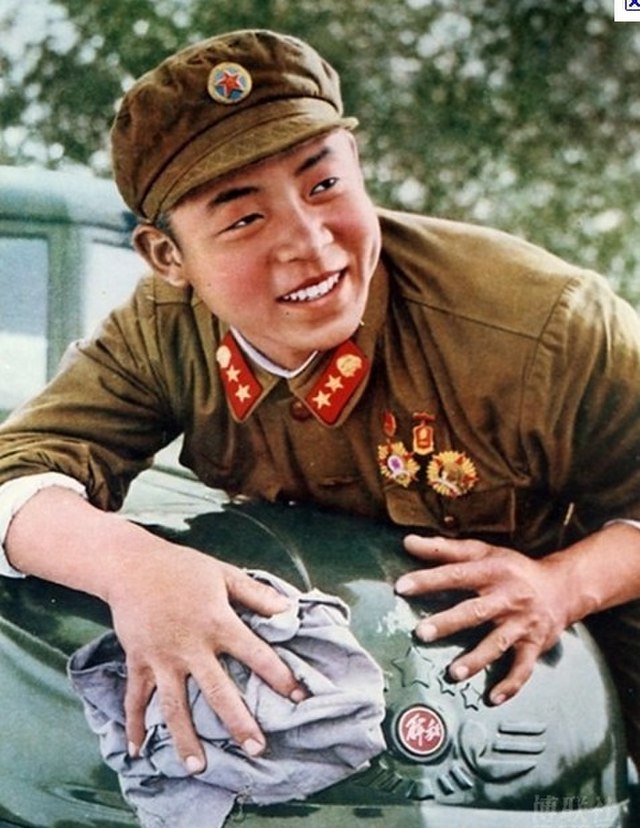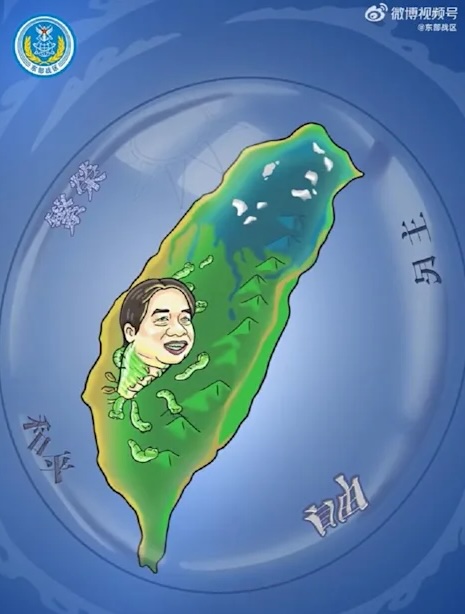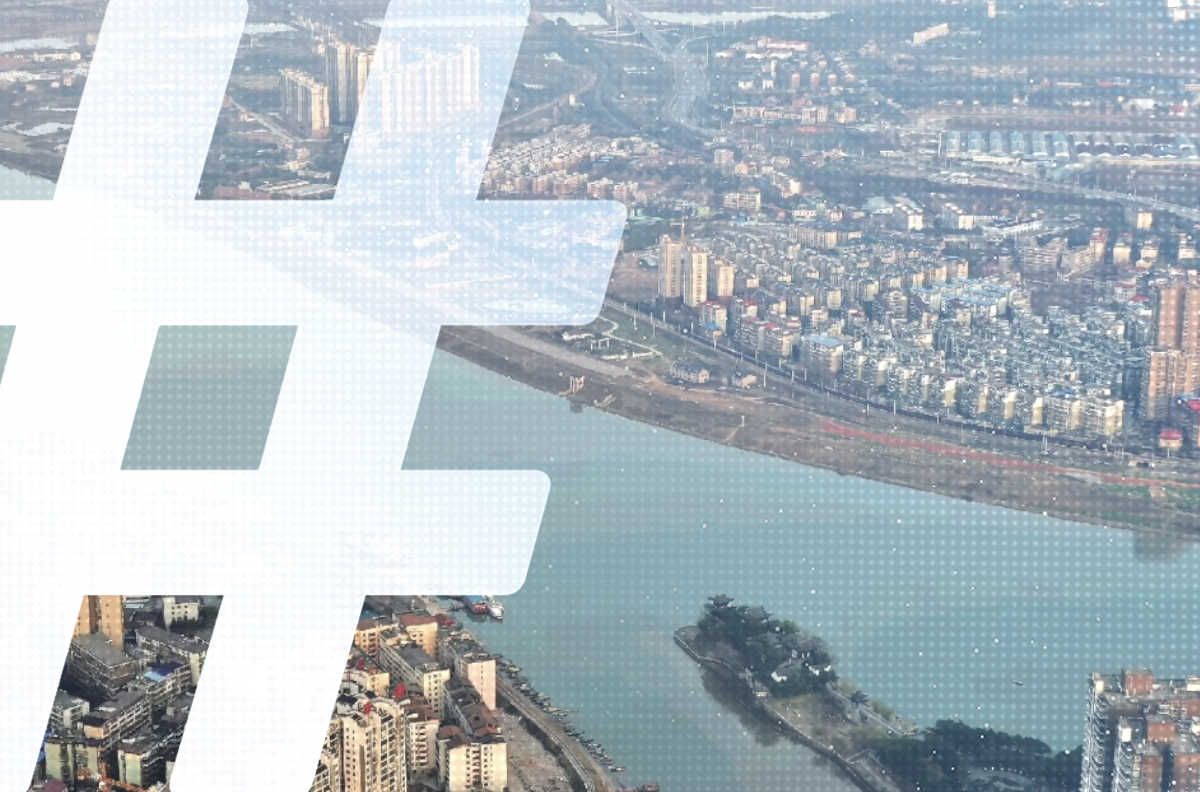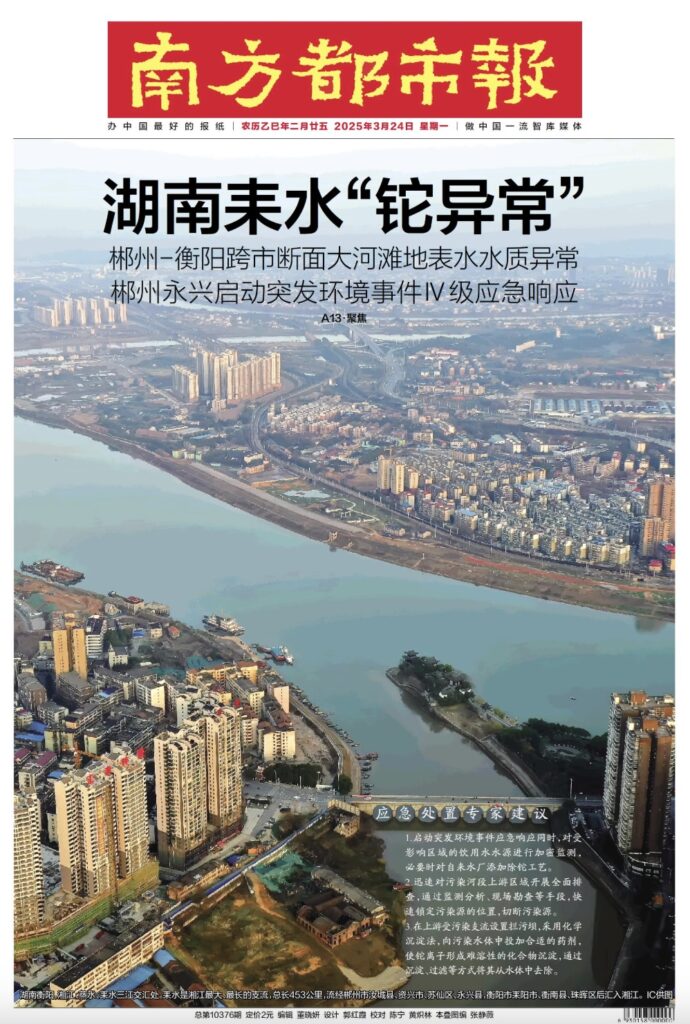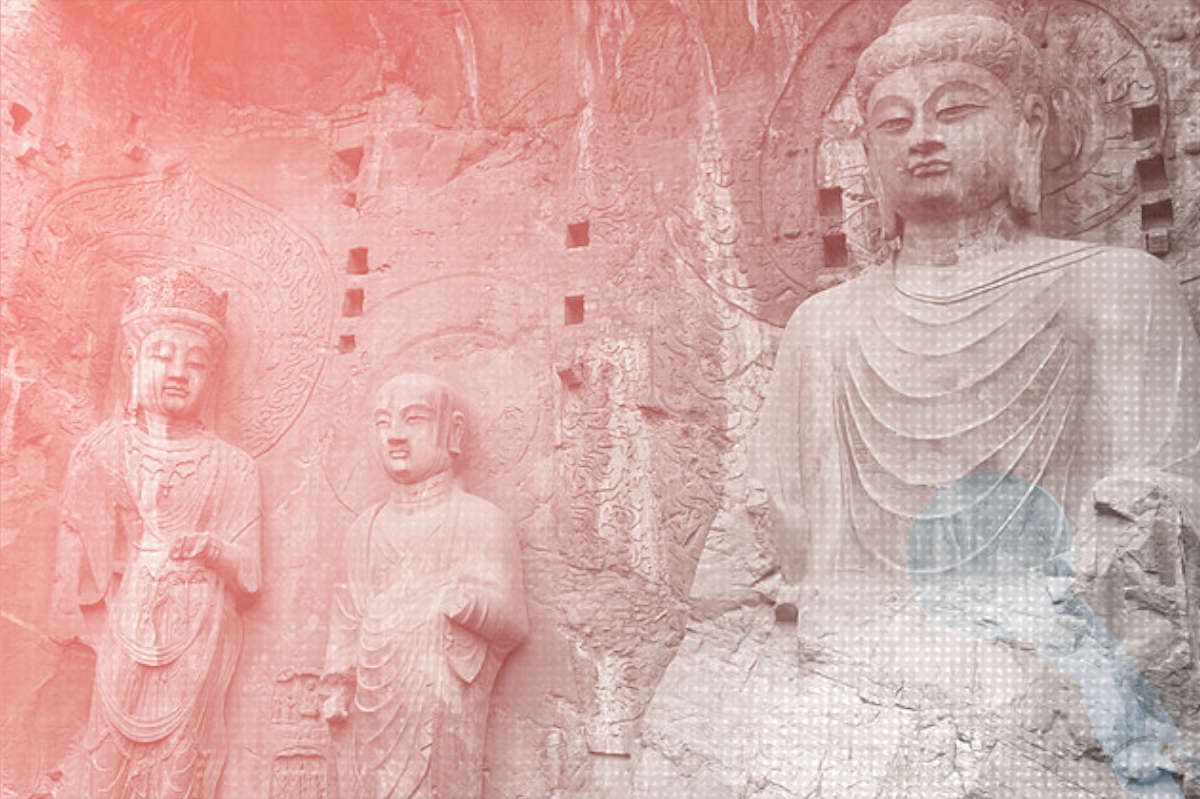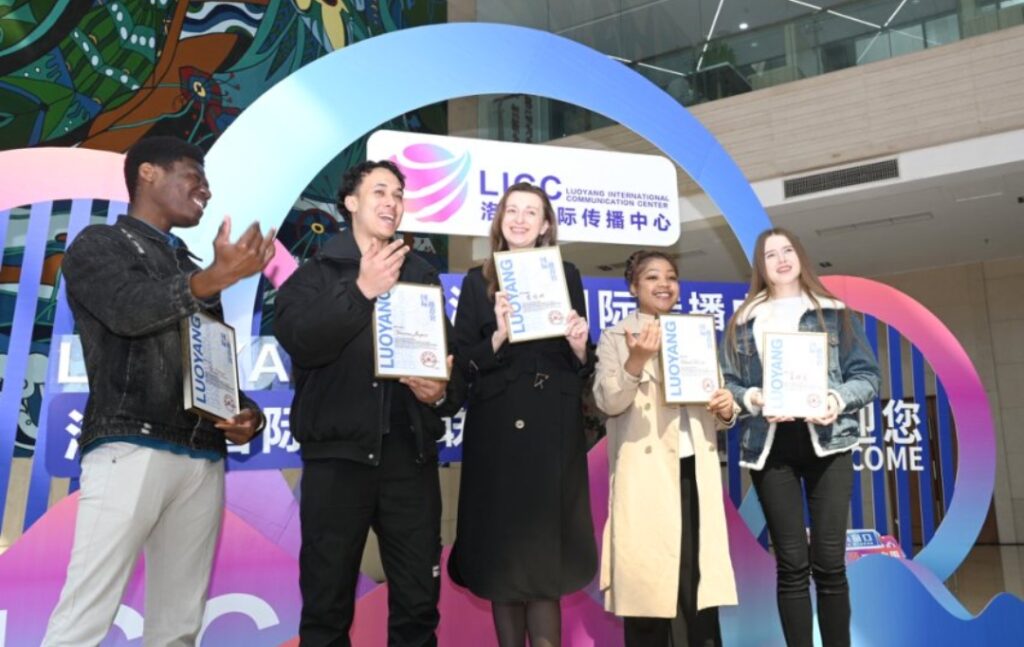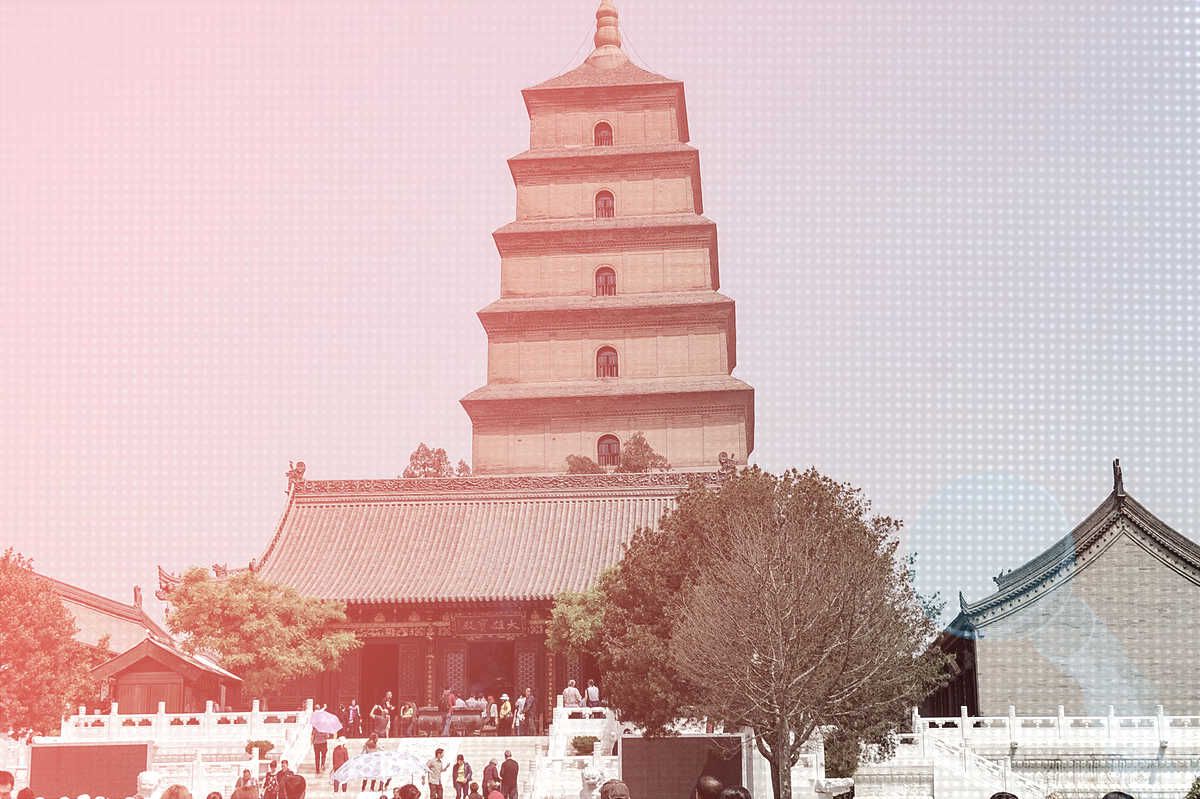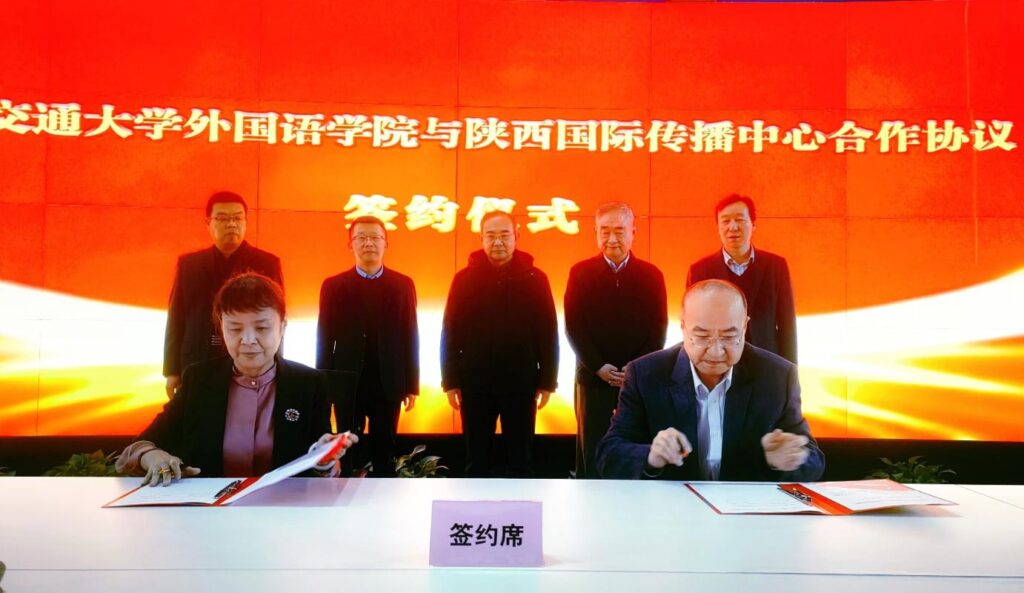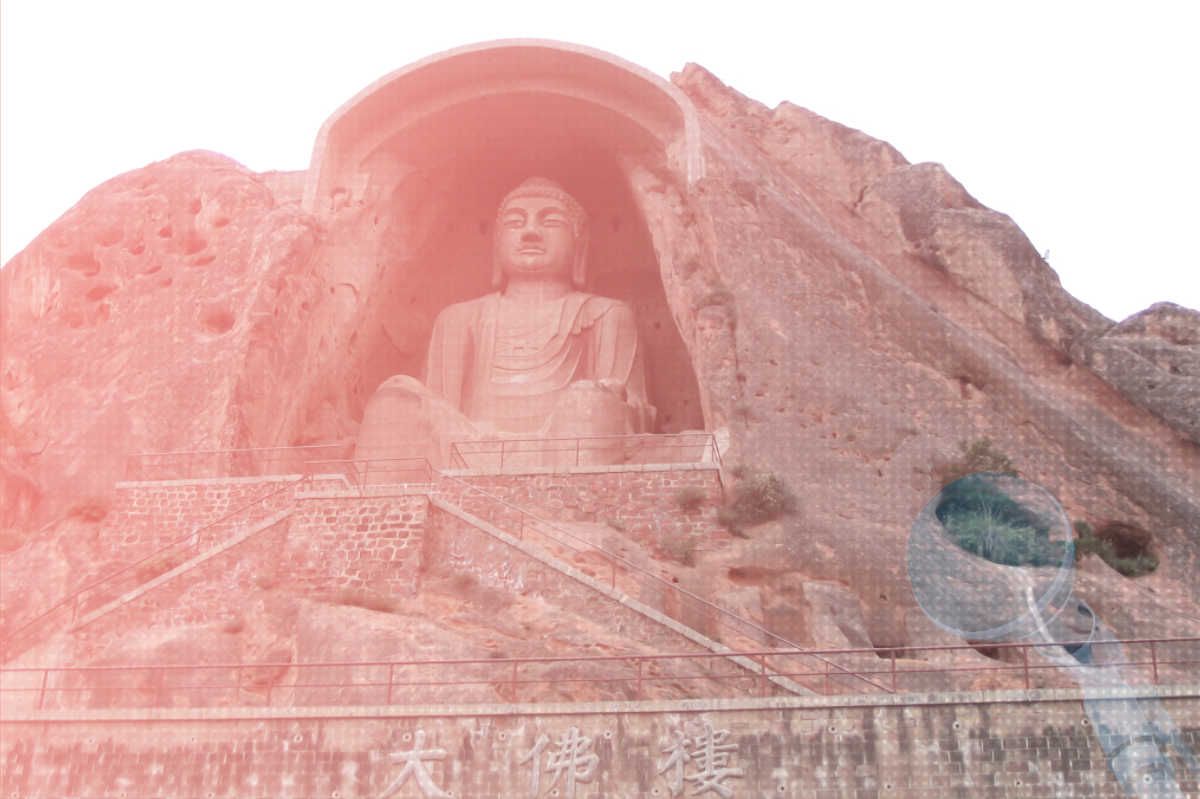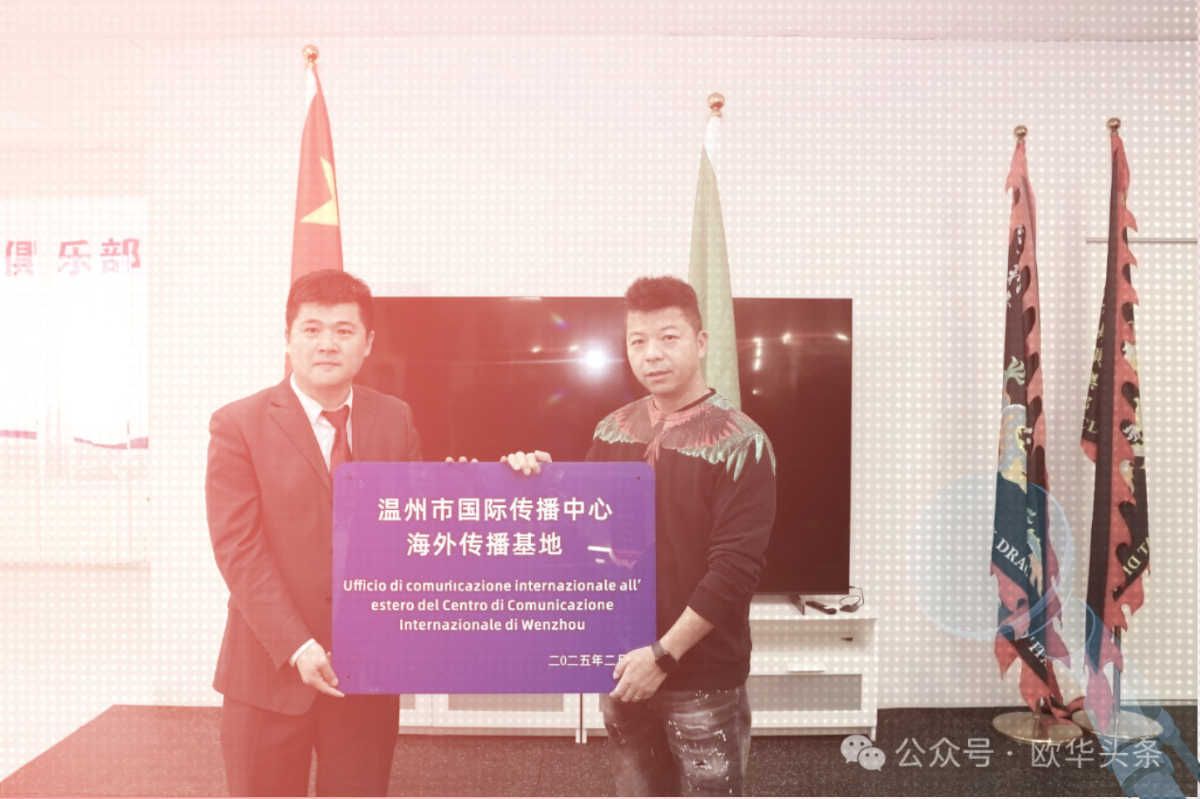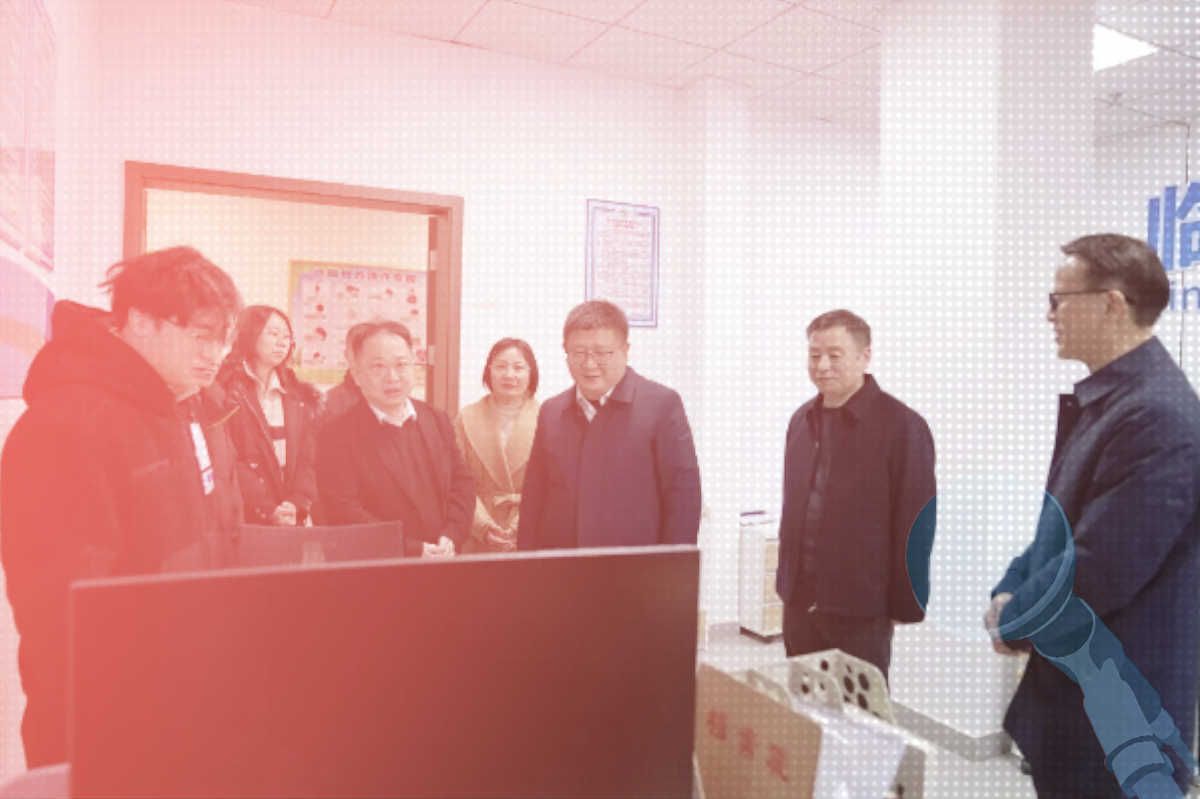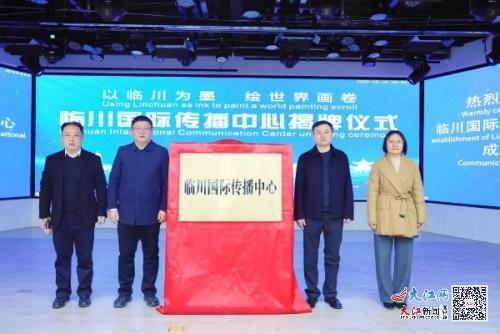China’s Monologue Machine
In the latest iteration of the leadership’s efforts to expand local-level involvement in the national project of global propaganda, Wangcheng District in Changsha, Hunan province’s capital city, has established the region’s first county-level international communication center, which the state-run China Daily says will “tell Wangcheng’s story” as well as convey the wisdom of Chinese leadership and development to the world.
The new hub offers a glimpse not just into the strategies of China’s leadership to advance the country’s “global discourse power” — but how such strategies may be seriously misguided, even foolish, as they unfold from the heights.
Located on the northwestern outskirts of Changsha city, Wangcheng is a rapidly industrializing district known for its historical ceramic production at Tongguan Kiln, the Lei Feng Memorial Hall (commemorating the model soldier celebrated in Communist Party lore), and several ancient towns along the Xiangjiang River. Once primarily agricultural, the district has been absorbed into Changsha’s expanding urban area since its conversion to district status in 2011.
The Wangcheng International Communication Center (望城国际传播中心) was unveiled on Tuesday in a ceremony attended by the deputy director of Changsha’s propaganda office under the local Chinese Communist Party leadership, Yang Yi (杨溢), and Chen Kuang (陈旷), a district member of the CCP committee. At the launch event, officials said the center aims to “bring Wangcheng to the world and let the world understand Wangcheng.” They described the center as an “upgraded new media communication system” focused on “integrating resources and innovative communication.”
International Communication Centers (国际传播中心), or ICCs, have proliferated across China since 2018 as part of a broader program under Xi Jinping designed to modernize the Party-led system for global propaganda. The initiative gained momentum following Xi’s May 31, 2021 call at a Politburo study session to revolutionize Party-state communication with the goal of making China “credible, lovable and respected” (可信 | 可爱 | 可敬). This push was given further momentum after the Third Plenum in July last year, where Xi made what state media described as “important deployments” regarding “constructing a more effective international communication system” (构建更有效力的国际传播体系).
At the local level, these ICCs have intersected with a decade-long program under Xi to digitize and modernize Party-run “mainstream media,” preparing them to lead domestic public opinion — and now, international public opinion — in the 21st century.
Schools Become Recruitment Centers
As local and regional leaders have leapt to obey Xi Jinping’s instructions on international communication, one key issue local ICCs have faced is a lack of requisite talent. Communicating effectively requires a range of skills and savviness that are often scarce in China’s highly controlled and oxygen-deprived media space, and also a more international knowledge and outlook. Local leaders have increasingly tried to fill this gap by enlisting the country’s universities.
The launch in Wangcheng included the formation of “international communication volunteer teams” (国际传播志愿小分队) from three local colleges: Hunan Information Vocational Technology College, Central South University of Forestry and Technology’s Foreign Affairs School, and Hunan Foreign Trade Vocational College.
The government appointed what it calls the first batch of “Wangcheng International Communication Recommendation Officers” (望城国际传播推荐官) who will reportedly “showcase Wangcheng’s ‘ancient charm’ and ‘new trends'” to international audiences. Hoping to leverage the ICC to promote local culture and tourism, officials announced five “premium interview routes” — essentially, maps for promotion tours — that comprise more than 20 locations of interest. Not surprisingly, the list included the district’s Lei Feng Memorial Hall (雷锋纪念馆).
The center says it will use its “regional advantages,” including culture, to “display a real, multidimensional, and comprehensive Wangcheng to the world” through what officials term a “1+3+N” international communication model — one center, three workstations, and multiple college volunteer teams.
Xi Jinping’s vision for global propaganda and public opinion dominance in the 21st century is built on a basic, and deeply flawed, assumption that voices can communicate effectively if only they are mobilized politically.
Models like the “1+3+N” have multiplied across the country. Just one administrative level up, at the Changsha International Communication Center, the formula is “1+2+9+N,” describing a system of one city-level center, two sub-centers, nine district-level centers, and a range of “cooperation units” such as schools, think tanks, overseas liaison offices (海外联络站) and so on. In such formulas, “N” has become a variable describing the real extent to which this renewed national push for global influence has enlisted all aspects of Chinese society, both at home and abroad.
“N” speaks to what the leadership clearly regards as a primary strength of the international communication center push — the collective might of people and institutions across sectors. But it also stands in for one of the key vulnerabilities of this latest effort: its often haphazard and scattershot approach.
Xi Jinping’s vision for global propaganda and public opinion dominance in the 21st century is built on a basic, and deeply flawed, assumption that voices can communicate effectively if only they are mobilized politically. In an era of boundless information, however, the approach does little to account for audience preferences or interests, lacking meaningful feedback mechanisms. To the extent that “N” represents conscripting local and international students, enterprises, and other social actors, it also underscores the significant trade-offs the leadership demands to amplify its message — essentially requiring society to redirect resources and attention away from core missions toward politically-determined communication goals.

